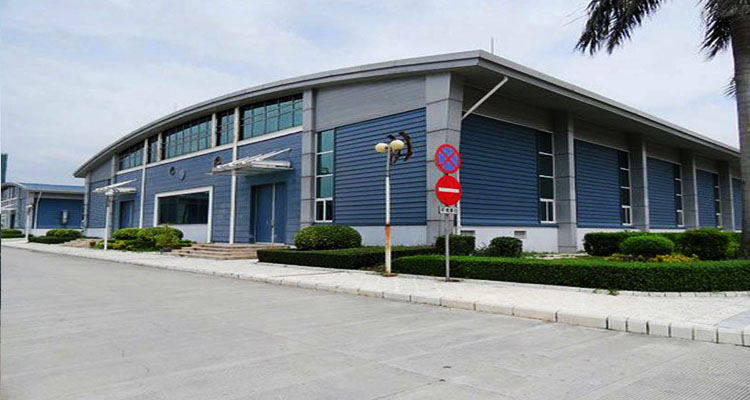Ensuring Safety in Hazardous Chemical Steel Warehouses
In industries involving hazardous chemicals, the importance of safety measures cannot be overemphasized. Proper handling and storage of these chemicals is critical to preventing potential accidents and protecting worker health. An important aspect of ensuring safety is the construction and management of hazardous chemical steel structure warehouses. This article explores the importance of these repositories and the steps involved in maintaining a secure environment.

1. Demand for hazardous chemical steel warehouses:
Hazardous chemicals are an inherent part of many industries, including manufacturing, pharmaceuticals and agriculture. These substances pose a major threat to human health and the environment. Therefore, it is crucial to establish separate steel warehouses dedicated to storing such chemicals. Hazardous chemical steel warehouses provide controlled conditions to prevent any potential leaks, spills or reactions that could endanger employees and the nearby community.
2. Proper construction and design:
Building a hazardous chemical steel warehouse requires careful consideration of various factors. The facility must be built to meet safety codes and regulations, ensuring it is strong enough to withstand potential accidents. Steel is the material of choice for its strength, resistance to fire and corrosion. Reinforced walls, floors and ceilings add an extra layer of protection, while ventilation and exhaust systems are installed to help remove noxious fumes.
3. Safe storage practices:
In addition to proper construction, implementing safe storage measures within hazardous chemical steel warehouses is also critical. Material should be organized in a logical and systematic manner, with attention to compatibility and segregation. Flammable substances must be stored separately from oxidizing agents and reactive chemicals to avoid potential reactions. Additionally, chemicals should be stored in leak-proof containers and warehouses should be equipped with proper spill containment.
4. Valid labels and documents:
Accurate labeling and documentation are fundamental aspects of securing a steel warehouse for hazardous chemicals. Each container within the facility should be clearly labeled with the specific chemical it contains, its hazardous properties, and any required safety precautions. Maintaining updated inventory records is critical to monitoring quantities, tracking usage and identifying potential risks. Complete records enable staff to respond quickly and appropriately in emergencies.
5. Regular inspection and maintenance:
Regular inspections are essential to discover and correct any potential leaks within hazardous chemical steel warehouses. These inspections should cover structural integrity, ventilation systems, emergency equipment, and compliance with safety procedures. Maintenance tasks should be addressed in a timely manner to ensure the facility remains in top condition. This includes checking for signs of corrosion, repairing any leaks or cracks, and conducting routine tests of safety equipment such as fire suppression systems and gas detectors.
6. Training and Education:
The final element in maintaining the safety of a hazardous chemical steel warehouse is comprehensive training and education for all involved. Workers should be familiar with the specific hazards associated with chemicals stored in the facility and understand proper handling procedures, emergency response protocols, and use of personal protective equipment (PPE). Regular training reviews and drills are critical to ensuring employees remain knowledgeable and confident in their ability to respond to potential incidents.

In the hazardous chemical industry, the implementation of hazardous chemical steel structure warehouses plays a vital role in protecting human health and mitigating environmental risks. A well-constructed facility, combined with safe storage practices, effective labelling, regular inspections, and proper maintenance, can help prevent accidents and respond quickly in emergencies. Equally important is proper training and education of all involved, fostering a culture of safety and ensuring a safe work environment. By prioritizing these measures, companies can demonstrate their commitment to workplace safety and minimize potential hazards posed by hazardous chemicals.
Post time: Aug-25-2023
